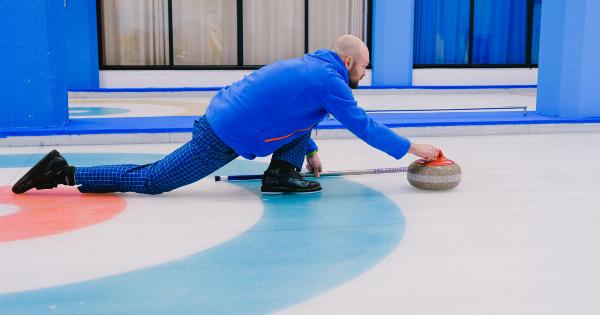Many people experience discomfort or pain in their knees at some point in their lives. The knee joint is one of the most complex and crucial joints in the body, responsible for bearing weight, supporting movements, and facilitating mobility.
Knee discomfort can significantly impact a person’s daily activities and quality of life. Understanding the causes of knee discomfort and exploring potential solutions is essential for managing and alleviating this common issue.
In this article, we will delve into the various factors that can contribute to knee discomfort and highlight effective solutions to address these problems.
Common Causes of Knee Discomfort
1. Injury: Knee discomfort often results from injuries such as sprains, strains, ligament tears, or fractures. These injuries can be caused by accidents, sports activities, or even daily wear and tear.
2. Arthritis: Osteoarthritis and rheumatoid arthritis are common forms of arthritis that can affect the knee joint. These conditions gradually degrade the protective cartilage within the joint, causing pain, stiffness, and inflammation.
3. Overuse: Engaging in repetitive activities or excessive strain on the knees, such as running, jumping, or kneeling for extended periods, can lead to discomfort or chronic knee pain.
4. Obesity: Excess body weight puts additional stress on the knee joints, which can lead to discomfort, inflammation, and increased risk of developing osteoarthritis.
5. Bursitis: Bursae are fluid-filled sacs that cushion the joints and reduce friction. When these sacs become inflamed or irritated, it leads to bursitis, causing pain and discomfort around the knee joint.
6. Tendonitis: Tendons are responsible for connecting muscles to bones. Overuse or repetitive movements can cause tendonitis, an inflammation of the tendons surrounding the knee joint.
7. Meniscus Tear: The meniscus is a C-shaped piece of cartilage that acts as a shock absorber in the knee joint. A tear in the meniscus can occur due to sudden twisting or rotating movements, resulting in pain, swelling, and limited mobility.
8. Genetic Factors: Some individuals may be genetically predisposed to knee discomfort or certain conditions such as knee osteoarthritis.
Solutions for Knee Discomfort
1. Rest and Ice: If the knee discomfort is caused by an injury or inflammation, resting the knee and applying ice can help reduce pain and swelling.
2. Physical Therapy: Working with a physical therapist can be beneficial for strengthening the muscles around the knee, improving flexibility, and restoring normal function.
3. Weight Management: Losing excess weight can significantly alleviate pressure on the knee joints, reducing discomfort and slowing down the progression of conditions like osteoarthritis.
4. Medication: Over-the-counter pain relievers and anti-inflammatory medications can help manage knee discomfort, but should be used under the guidance of a healthcare professional.
5. Bracing or Taping: Wearing a knee brace or using taping techniques can provide stability, support, and compression to the knee joint, reducing discomfort and preventing further injuries.
6. Injections: Corticosteroid injections can be used to reduce inflammation and temporarily relieve knee discomfort. However, these injections should only be administered by a qualified healthcare professional.
7. Surgical Interventions: In severe cases where conservative treatments have failed, surgical options like arthroscopy, knee replacement, or ligament repair may be necessary to address the underlying issue and provide relief.
8. Exercise and Strengthening: Engaging in low-impact exercises like swimming and cycling, as well as specific knee-strengthening exercises, can help improve joint stability, flexibility, and reduce discomfort.
9. Orthotics: Custom shoe inserts or knee braces can help correct misalignment, improve knee function, and reduce discomfort associated with conditions like patellofemoral pain syndrome.
10. Alternative Therapies: Some individuals find relief from knee discomfort through alternative therapies like acupuncture, massage, or transcutaneous electrical nerve stimulation (TENS).
Conclusion
Knee discomfort can have a significant impact on a person’s mobility, physical abilities, and overall well-being. Identifying the underlying causes of knee discomfort plays a crucial role in devising appropriate solutions.
By addressing the root causes, implementing preventive measures, and exploring various treatment options, individuals can effectively manage knee discomfort and improve their quality of life. It is essential to consult with a healthcare professional for an accurate diagnosis and personalized treatment plan specific to the individual’s condition and needs.

























